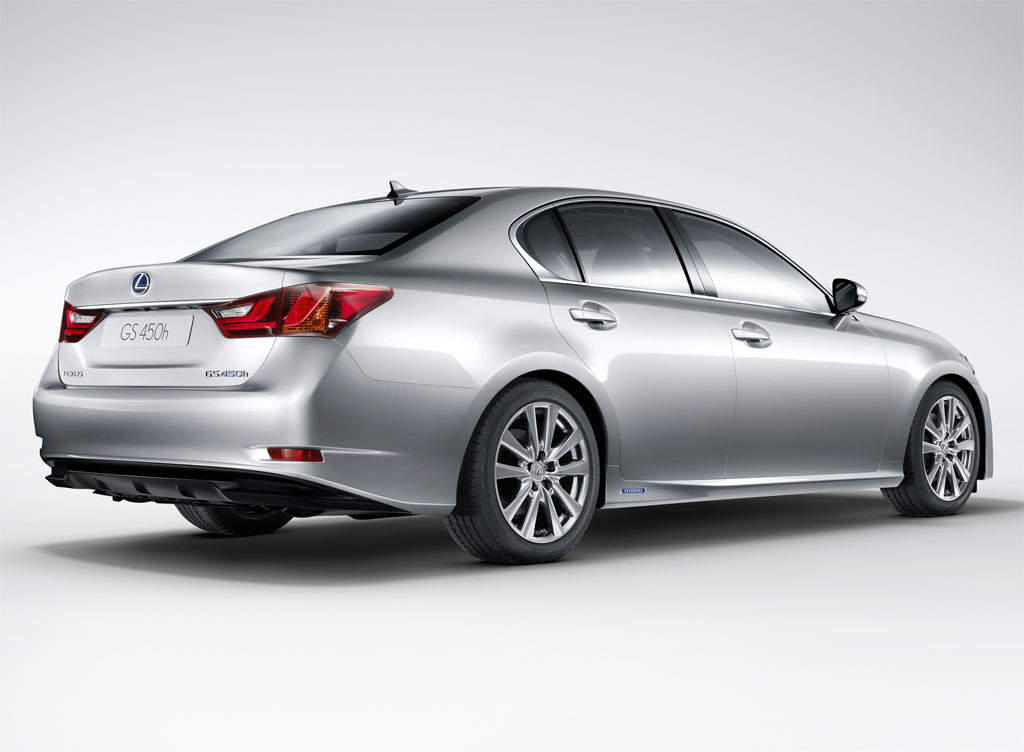Competing head to
head with BMW’s X1, we come to see how the new Q3 livens up the market.
·
Design
& Engineering:
From the front, a rather
futuristic face appears, with a waterfall-style grill in a brushed aluminum
colour. Coupled with Audi’s new style of lights, the new Q3 really stands out
from the pact. On the other hand, others may say that, “the Q3 seems to be a
small sized Q5.” I say, “correct.” The Q3 stems from a large part, from its
older brother, the Q5. This is not bad thing, mind you, for the Q5 is one of
Audi’s most successful selling models. From the side, the Q3 takes a good
stance—that of an urban SUV, partially due to a low roofline that provides the
Q3 with a sporty feel. To fall along the lines of sportiness, the Q3 comes with
18, 19, and 20in rims, each marvelously sculpted. Of course, a S-Line package
can be added on, providing the urban SUV with more aerodynamic parts. From the
rear, a steep tailgate takes some cues from the A1’s bum—truly an architectural
delight. A smooth ‘stainless steel’ underbody lines the underside of the
vehicle; a touch that I quite like.
·
Interior
As I’ve mentioned before,
Audi makes one of the world’s best mass-produced interiors. Clearly, the Q3 is
no exception. From the driver’s point of view, the urban SUV leans closer
towards the A1, and the new A3 (to be launched next year). Still, the steering
wheel featured in the vehicle comes from the new A6. This mix and match of Audi
bin parts surprisingly manages to blend together quite well. Sitting in the
driver’s seat, everything seems rather well though out. For one, the
aforementioned steering wheel is grippy and good to touch. Driving position is
good, providing confidence and a good view. The center console comes directly
from the A1, and thus includes a built in GPS system, SD card reader, etc. Coming
with the S-Line package, the shift gear is sporty, with the S-Line emblem
embossed right on the shifter head. To follow suit with the trendy style of
customer individuality, the leather seats can be specified to match the colour
of the SUV’s exterior. At the rear, an air-conditioning system pampers
passengers, with the option to manually warm or cool the rear temperature. Knock
down rear seats come as standard, making it easy to load bulky items in and out
of the SUV. Still, I find that increased rear legroom would vastly improve the
comfort level of the Q3. Overall, build quality is superb, with everything one
would expect from the German marque, present.
·
Ride & Handlings
Paired to Audi’s
familiar 2.0T four-pot, the engine is offered in 2 variants—a detuned 170BHP
motor, and a 211BHP power pack. Despite seeming rather ‘small’ in power for a
turbocharged SUV, even the 170BHP engine provides good low-end torque, and
pushes seamlessly to the end of the rev. counter. Compared to its direct rival,
the X1, even the base 170BHP variant is 20BHP more than BMW’s 150BHP X1 sDrive
18i. In addition, the Q3 completes the century sprint in roughly 2 ½ seconds
faster than the Bavarian. For all variants, the engine will be mated to a twin
clutch, 7-speed auto box—found in the RS3 and TTRS as well. Unlike the X1,
which comes mainly in two-wheel drive, Audi’s signature Quattro system comes as
standard on the Q3. Although most Q3
owners will never go off road, having Quattro on the urban SUV does provide for
confidence, especially when driving around mountainous or coastal roads.
·
Verdict
21st century
styling, and incredibly sporty, the Q3 (especially when decked out with an
S-Line kit) appeals to youths and all alike. Well-built interior, though rear
legroom can be increased. Overall, the Q3 is a well-rounded vehicle and should
be an instant sellout.
o Pictures from:
o
http://i.ytimg.com/vi/I_OE0LYlb3k/0.jpg








.jpg?m=1322475979)


.jpg?m=1287019547)

